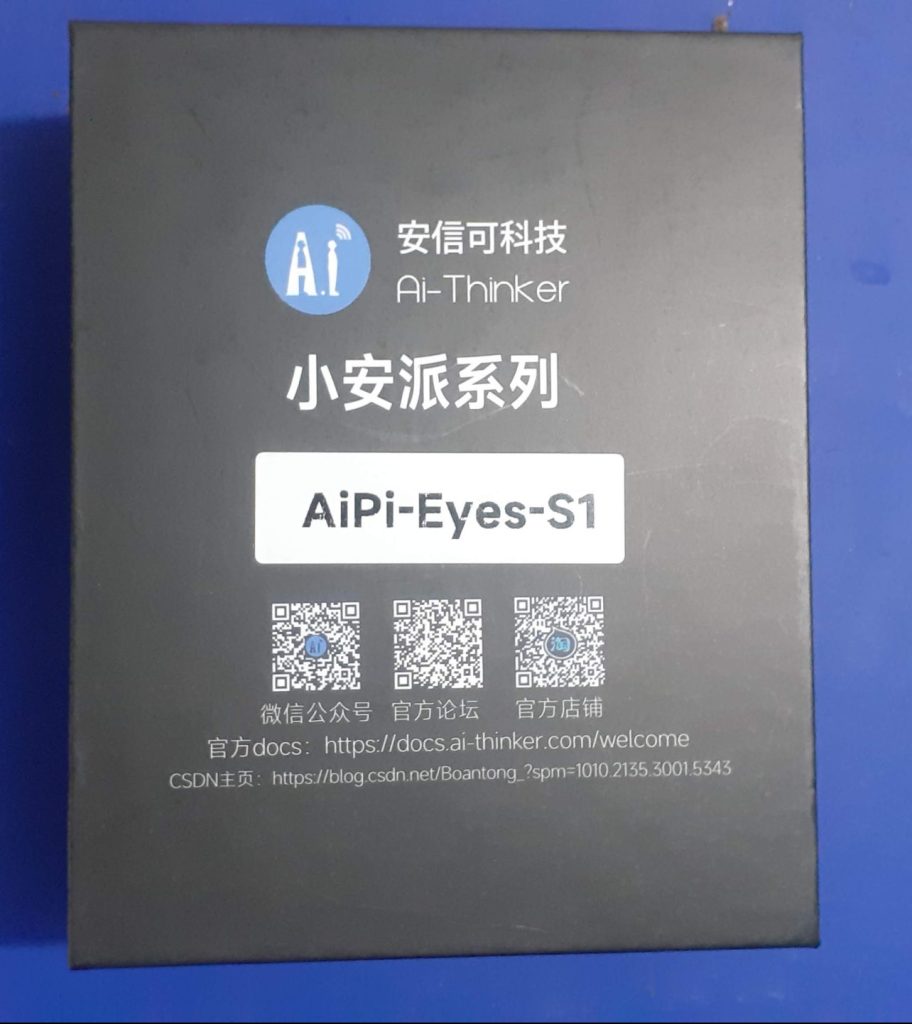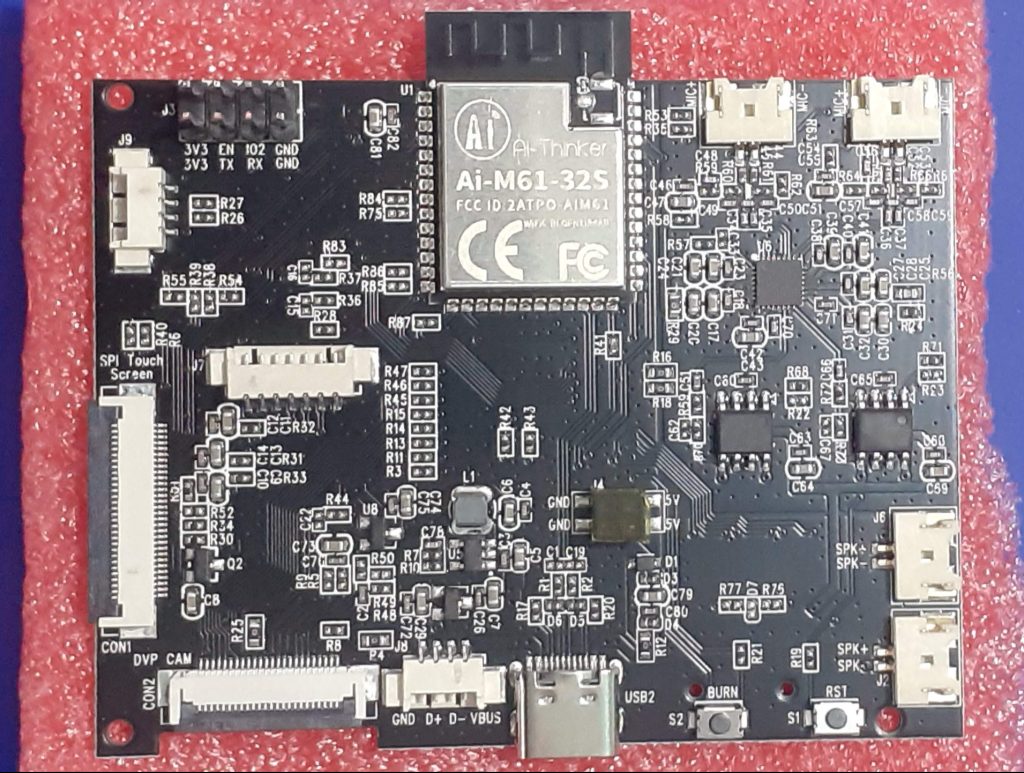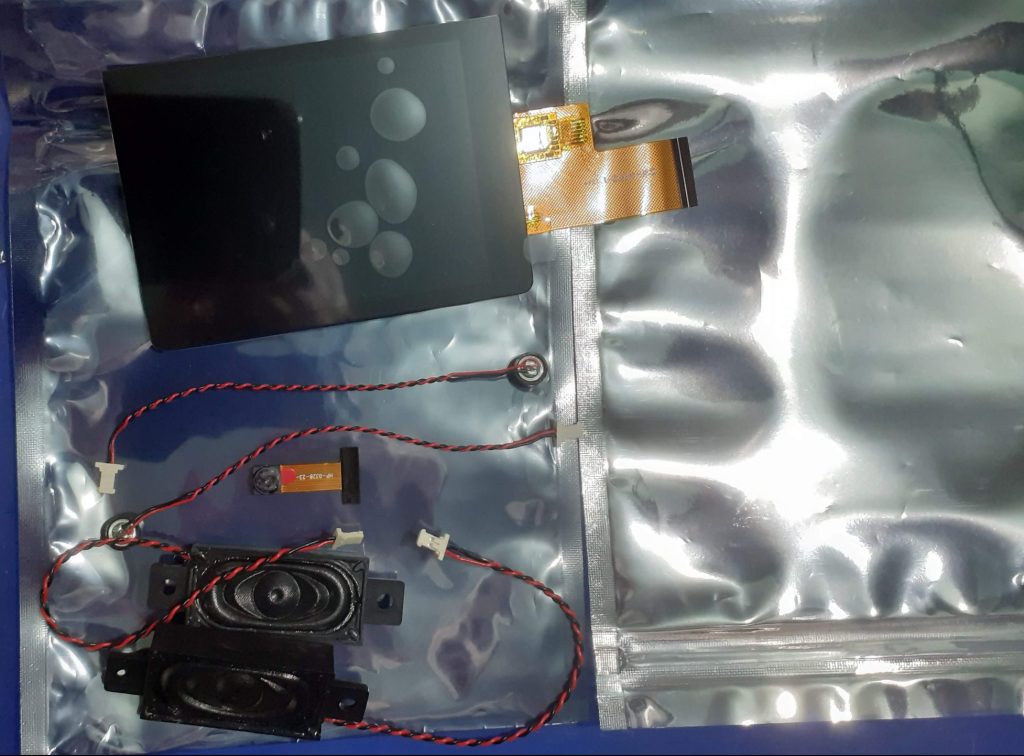
Ai-Thinker is definitely in my opinion one of the more interesting Chinese Electronics companies out there. Most of us will be very familiar with their NodeMCU ESP8266 as well as ESP32-S modules as well as Dev boards.
They also produce the very popular Ra01 and RA02 Lora modules…
What is less known about them is that they have a very active R&D department. Over the last few months, more than 8 months to be accurate, I believe that there seems to have been quite a dramatic change happening. Many RISC-V-based chips and modules started appearing on the AI-Thinker website, and I have also been fortunate to get my hands on a few of them.
The latest of these, the AI-M61-32S, is another one of these. The chip seems to be based on the BL-616 or BL-618 from Bouffalo Labs ( No spelling error there)
Information outside of China, and in English seems to be very sparse at the moment, but it does seem like there is a lot of potential here…
Let us take a closer look at the AiPi-Eyes-S1

The board is a very neat, but dense double-layer SMD assembly, with interfaces for a touch-screen, camera, speakers and microphones as well as USB ports and a firmware flashing port.
The kit also comes with an impressive number of peripherals, including a beautiful touchscreen, a small camera, speakers and microphones.

What are my thoughts?
As stated above, I find the kit very well designed, in the sense that it looks good.
The screen has very good resolution, and there seem to be enough peripherals to test out something… Why am I saying something?
1) According to the schematic, the screen and camera share GPIO pins, and can thus not function together – a definite minus point for me there.
2) There are NO free GPIO pins, and those that may be, very difficult to access – think small connectors etc
3) The demo program seems to cover some of the basic functionality of the chip, but not too much…
Let’s take a look at software support
At the time of writing, the kit has been sitting on my desk for just over 2 months. English documentation, beyond a quick guide to get the demo software running, is limited, if nonexistent.
The Touch Screen API is downloadable, but will take quite a while to decipher – It will be worthwhile though.
I have also received news from AI-Thinker that there is limited Arduino IDE support for the AI-M61-32S available. I don’t know to what extent, and will definitely explore that further in the future.
Further than that, there are links and examples for setting up some sort of API/SDK from Bouffalo Labs on the Ai-Thinker Website. Support documents seem once again to be sparse as far as English is concerned.
In conclusion
I see potential in the future for this new chip ( the AI-M61-32S ) or let’s just call it the BL-616 or BL-618 already. Ai-Thinker repackaged it into the popular ESP32-S form factor, so they seem to be hoping that it could be used as a drop-in-replacement for that.
Being RISC-V based, it is however still extremely new, and with all the various RISC-V standards currently out there, it will surely take some time to mature.
The development of an Arduino core to support it, is definitely a step into the right direction, if and only if, compatibility with existing libraries etc can be assured. That will definitely allow Makers and other hobbyists to start using the chip
As far as the AiPi-Eyes-S1 kit is concerned, well…
Full marks for aesthetics – it really does look good. As far as practical use or being fit for a particular purpose goes – not so much.
The board was clearly designed as a showcase of possible uses for the AI-M61-32S only. It was clearly not meant for use as a development board.
So, would I buy one right now? a definite NO on that. In the future, yes, maybe, providing that:
1) Documentation and information are updated and made easily available.
Slapping the words ” open source ” onto something does not mean that you can skimp on documentation. It is “open source” because the schematics are freely available, datasheets are available, and libraries and IDE support are available free of charge. “open source” does not mean to give someone a space shuttle, and not include the manuals, or at least a link to where to buy the manuals etc…
